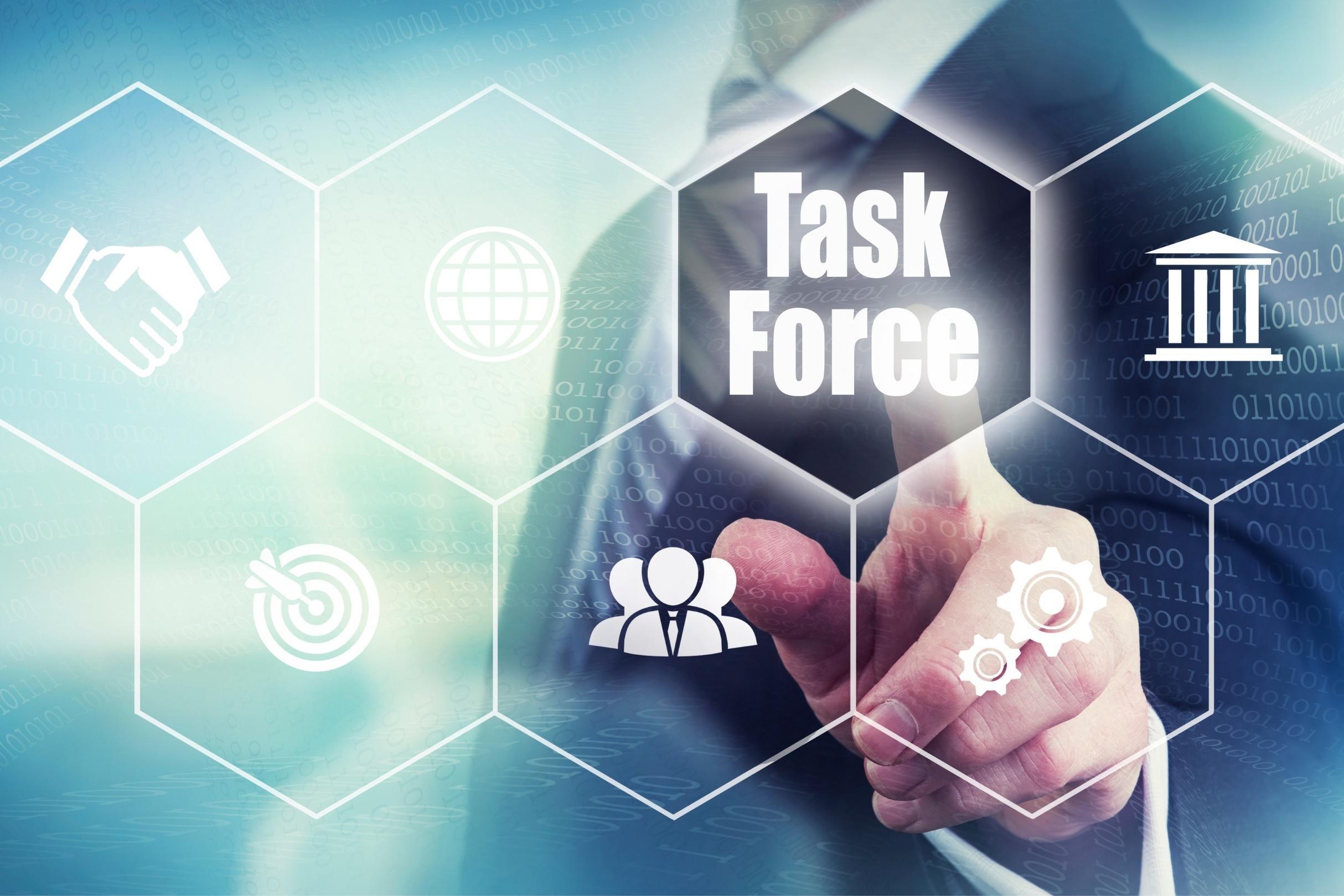In this video interview, Ray Barrett of the Telehealth Certification Institute sits down with internationally known cognitive-behavioral researcher and psychiatrist, Dr. Jesse Wright. During the interview, Dr. Wright shares how his decades of research experience have helped validate the clinical power of computerized cognitive behavioral therapy (CCBT). Dr. Wright emphasizes that computer-assisted therapy is not about eliminating the person in the process, but “use computer programs to help build skills, teach some of the basic concepts, rehearse patients, help them do…homework or action plans, and do some of the routine things that cognitive therapists often have to do.”
Dr. Wright started researching the potential of using computer-assisted technology or multimedia as a hybrid therapy model in the 90s, so there are numerous articles and studies that point to the effectiveness of CCBT. In fact, Dr. Wright found that the remission rates were “more than double in people who received computer-assisted cognitive therapy” compared to treatment as usual.







The course was so informative and I was glued to my screen for the entire duration. I received so much knowledge concerning ethics in telehealth and I am greatly encouraged to read about all the standards and policies that pertain to my practice. Thank you!.